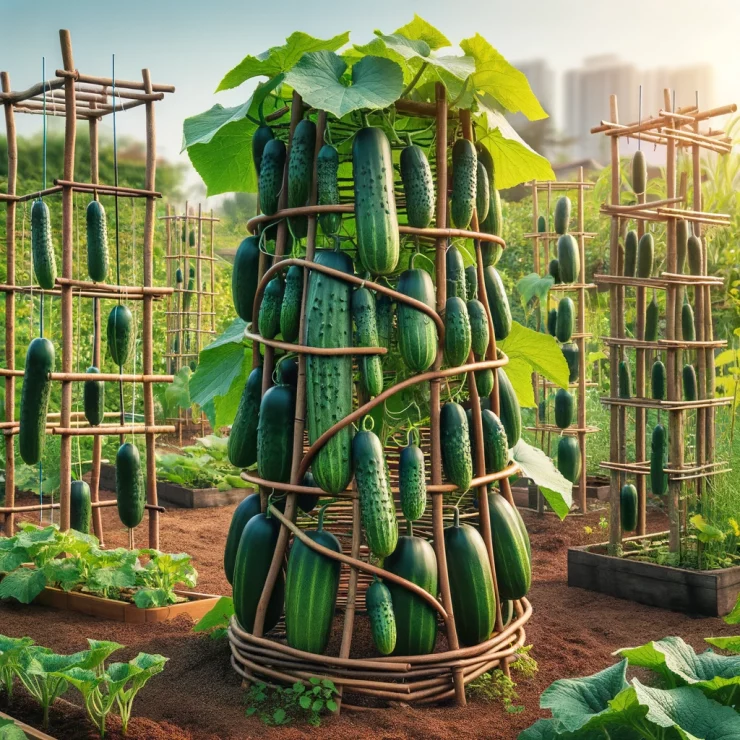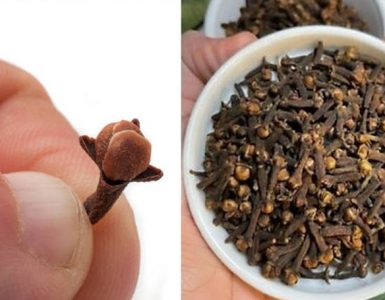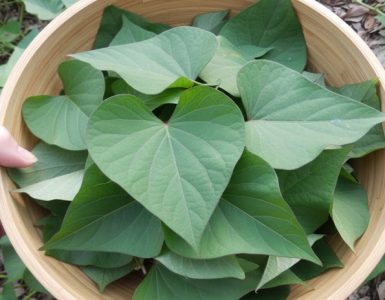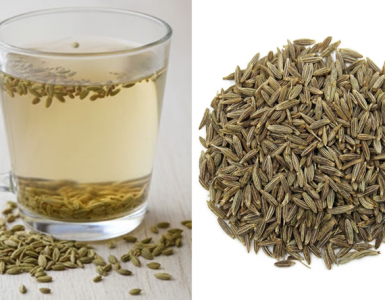Cucumbers, with their refreshing crunch and versatile culinary uses, are a staple in many gardens. Whether you’re growing them for salads, pickling, or snacking, maximizing your cucumber harvest is always a goal. One effective way to do this is by using trellises and supports. These structures not only save space but also encourage healthier plants and bigger yields. Here are nine cucumber trellis and support ideas to help you get the most out of your crop.
A-Frame Trellis:
An A-frame trellis is a classic choice for cucumbers. Constructed using sturdy materials such as wood or metal, this trellis resembles an inverted “V” shape. Cucumber vines can climb up either side of the frame, maximizing vertical space in your garden.
Wire Mesh Panels:
Wire mesh panels provide excellent support for cucumber plants. Install them vertically along the garden bed, and as the cucumbers grow, gently weave the vines through the gaps in the mesh. This method keeps the fruit off the ground and promotes better air circulation, reducing the risk of disease.
Teepee Trellis:
Similar to the A-frame trellis, a teepee trellis consists of three or more poles arranged in a cone shape and tied together at the top. Cucumber vines will naturally climb up the poles, and the open structure allows for easy harvesting.
PVC Pipe Trellis:
PVC pipes are lightweight, affordable, and easy to work with, making them an ideal material for building trellises. Create a grid pattern using PVC pipes and connectors, providing ample support for cucumber vines to climb. This trellis design is customizable and can be adjusted to fit any garden size.
Cattle Panel Arch:
For a sturdy and long-lasting trellis option, consider using cattle panels. These heavy-duty wire panels can be bent into arches, creating a tunnel-like structure for cucumbers to climb. Not only does this design maximize space, but it also adds visual interest to your garden.
String Trellis:
Simple yet effective, a string trellis involves stretching strings horizontally between two posts or stakes. As the cucumber plants grow, train the vines to climb the strings using gentle ties or clips. This method is budget-friendly and allows for easy access to the fruit.
Bamboo Trellis:
Bamboo is a sustainable and renewable resource that makes excellent trellis material. Use bamboo poles to create a sturdy framework for your cucumber plants to climb. This natural-looking trellis adds a rustic charm to any garden setting.
Wall-Mounted Trellis:
If space is limited in your garden, consider installing a wall-mounted trellis. Attach a trellis directly to a fence or exterior wall, allowing cucumber vines to grow vertically. This innovative approach maximizes space efficiency and keeps the fruit off the ground.
Recycled Materials:
Get creative with your trellis designs by using recycled materials such as old ladders, pallets, or even bicycle wheels. Not only does this reduce waste, but it also adds a unique flair to your garden. Let your imagination run wild and repurpose items into functional cucumber supports.
With these nine cucumber trellis and support ideas, you can optimize your garden space and increase your harvest yield. Whether you prefer traditional wooden structures or innovative recycled designs, there’s a trellis option to suit every gardener’s needs. By providing sturdy support for your cucumber plants to climb, you’ll enjoy healthier vines, cleaner fruit, and a bountiful harvest all season long.






Add comment